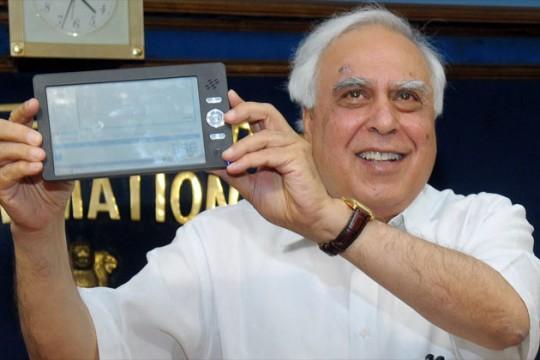
Of all the devices to surface over the past few years, tablets have arguably had the hardest time proving themselves in the vicious mobile market. Constantly battling the functionality of laptops, netbooks and the newly introduced Chromebook, the blown-up smartphones have few features that truly justify the relatively large price tag.
That said, with features like instant-on, extreme portability, second to none battery life, and an endless and constantly growing supply of applications, tablets do have a unique advantage over a clunky laptop or netbook. One key benefit of a tablet is its versatility, especially in a classroom environment.
Over the past year, some schools and students alike have recognized the practicality of a tablet in the classroom. Tablets can be helpful tools used to take notes, read PDFs (ideally of textbooks), lookup reference information and much more. Sure, a PC can do all of these things, too, but the kicker is being able to stow it away and take up no more space than a small note pad.
The problem is, tablets don't come cheap. For the price of a respectable tablet, you can purchase a decent, full-sized laptop that can offer much more in the productivity area. Usually starting around $400-500 (sometimes less), it makes much more sense for college students – who typically thrive off of Ramen noodles and Taco Bell – to buy a full-fledged laptop or even a cheaper netbook.
The Indian government, however, has something else in mind. They want to offer tablets to students who might not be able to afford them otherwise and “to unite 25,400 educational institutions on a single e-learning platform,” says Ken of Phone Arena. The deal has been in talks for a while and has been postponed and canceled several times before. But this time, the deal is on and the first run on 10,000 tablets will be made available to IIT (Indian Institute of Technology) Rajasthan later this month.
These affordable Android tablets will cost an astounding $49. Even better, students only have to pay $24.50 as the other half is subsidized by the government. These tablets aren't top of the line by any means, but they are affordable tabs that do actually bring some pretty serious specs for the price.
Unfortunately, it looks like these will never make it out of India, which made me wonder why we don't have anything like this going on Stateside. Sure, some colleges give their students iPads and include the price (probably some extra, too) in the price of tuition. But we live in a questionable economy; not everyone can afford to pay an extra $500 or more in their college tuition.
Of course, there are some rather cheap Android tablets out there, but I wouldn't wish them upon my worst enemy. And they are far from being supported by any school system. What we need is for a manufacturer like ASUS, Archos, Viewsonic or any other Android manufacturer out there that has the will to develop an astoundingly cheap tablet, one that isn't necessarily top drawer. As long as they give more effort than these cheap knock-off brands, it performs most basic functions and remains under $100, the tablet could grow to become a vital tool for students around the nation. It could change the way we learn and operate in the classroom.
What say you, readers? Should manufacturers work on a super cheap tablet option for underpriviledged students? Or should they work out a deal with the government to subsidize currents tablets and make them more affordable?